The Ibarapa tribe is a Yoruba ethnic group primarily found in the southwestern part of Oyo State, Nigeria. They are bounded on the east by the inhabitants of Oyo; on the west by the inhabitants of Egbado; on the south by those of Egba; and on the north by those of Onko (composed of the local governments of Iwajowa, Iseyin, and Kajola).
History has it that the Ibarapa Yoruba group got its name from a local variety of the melon plant called Egusi Ibara, which was traditionally recognized by nearby peoples like the Egbas, Ibadan, and Oyos as being extensively grown in the area.
Meanwhile, the Ibara tribe is often referred to as “Ibarapa Meje” by the Yoruba people because it has seven Ibarapa towns, which are; Igangan, Eruwa, Igbo-Ora, Idere, Aiyete, Tapa, and Lanlate. However, the seven Ibarapa towns are subdivided into smaller villages, which makes a total of 30 cluster villages.
In this piece, Naijabiography explains the history and culture of the Ibarapa people and narrates the story behind the seven Ibarapa towns.
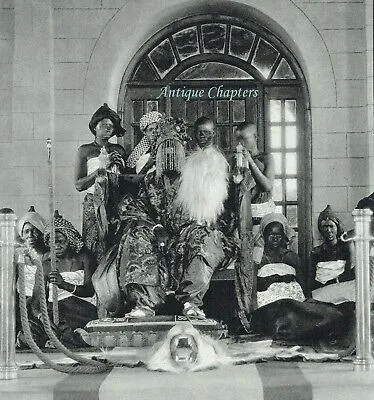
History
According to historical legends, the history of the Ibarapa people can be traced to the conflicts between the various Yoruba rulers. During these wars, there was migration from the former Oyo Empire, which was a major factor in the history of Ibarapa. As a result of this, refugees from the trans-Saharan slave trade, which was the norm at the time, were among these populations.
Meanwhile, the jihad-ridden Nupe refugees from northern Niger, who had fled their ancestral state to Fulani Jihadists, are thought to have constituted the Tapa portion of the population. Thus, farming is the main occupation of the population.
The inhabitants of Ibarapa got into a fight after the old Western Region was abolished and a new one made up of the states of Oyo, Ogun, and Ondo was established. While a portion of the population sought to remain in Ogun State, insisting that their history is intertwined with Egba, another portion insisted they had nothing to do with Abeokuta and preferred to stay in Oyo State.
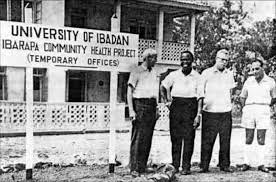
The federal government accepted the resolution for Ibarapa to remain in Oyo State in 1976 because the latter group was given preference. However, most Ibarapa historically came from their Egba neighbours, according to those in favour of the merger, and they believed they had a greater opportunity to develop quickly in Ogun, which had just four divisions, as opposed to Oyo, which had a whopping twelve.
However, only one of the six quarters of the Igboora township is descended from the Egbas, according to the pro-Oyo Ibarapas factions who disputed any ancestry with the Egbas. Additionally, they emphasized the fact that Abeokuta has never governed them jointly or from there in the past.
The local police divisional headquarters’ location in the town of Eruwa, where people in the east preferred a merger with Ogun and others in the west were content with the status quo, was later discovered by the commission to be the primary source of the demands. The ultimate agreement agreed by the federal government in 1976 said that Ibarapa territory would remain where it was (Oyo State).
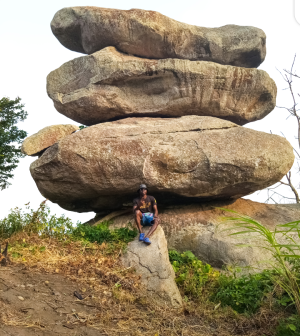
Ibara Meje (Seven Ibarapa Towns)
The Ibarapa Meje (Ibarapa Seven) are the seven main towns that make up the Ibarapa territory, along with the nearby villages and farmsteads. Thus, the seven towns of Ibarapa include Igangan, Eruwa, Igbo-Ora, Idere, Aiyete, Tapa, and Lanlate.
The three local government areas in Ibarapa—Ibarapa Central, Ibarapa East, and Ibarapa North—are responsible for these seven towns. Additionally, Idere, Igbo-Ora, Eruwa, and Lanlate are grouped under Ibarapa Central, and Tapa, Aiyete, and Igangan are grouped under Ibarapa North. Idere and Igbo-Ora are grouped under Ibarapa East.
Ibarapa East was created from the former Ibarapa Local Government Area, while Ibarapa North and Central were created from the former Ifeloju Local Government Area. Ibarapa was established by the federal government in 1996. With the exception of the seven major towns, these seven Ibarapa towns are further divided into smaller villages beneath each of them, creating a total of 30 cluster communities in Ibarapa.

With the exception of the seven major towns, these seven Ibarapa towns are further divided into smaller villages beneath each of them, creating a total of 30 cluster communities in Ibarapa. These sub-towns include; Lanlate (Adeta, Alala, Ikana, Iwena, and Agasa), Aiyete (Imofin, Iwafin, Igbodoko, and Orile-Odode), Tapa (Tapa, Iki, Ago, Oba, and Kogba), Eruwa (Olaribukusi and Akalako), Idere (Koso, Apa, Onigbio, and Oke-Oba), Igangan (Idiyan, Akoya, Asuranran, and Omidigbo), and Igbo-Ora (Saganun, Idofin, Igbo-Ile, Pako, Iberekodo, and Igboora).
The Mystery of the Ibarapa Twins
According to a survey conducted by Professor Nylander, an obstetrician, history has it that Ibarapa has the highest rate of multiple births. There were 45.1 sets of largely non-identical twins for every 1,000 live births worldwide.

Meanwhile, history has it that the cause of the twins’ births has remained unknown to date. It is thought that the town’s unique yam breed is to blame. In contrast to neighbouring cities, the Ibarapa typically consume yams as amala, a dish made from yam skin that has been ground into a fine powder.
However, in the submission of Professor Nylander, it was indicated that the women’s menstrual cycles included continuous ovulation, or egg releases, which were potentially influenced by environmental factors. He further stated that these elements might be present in the native yam that the local people eat.
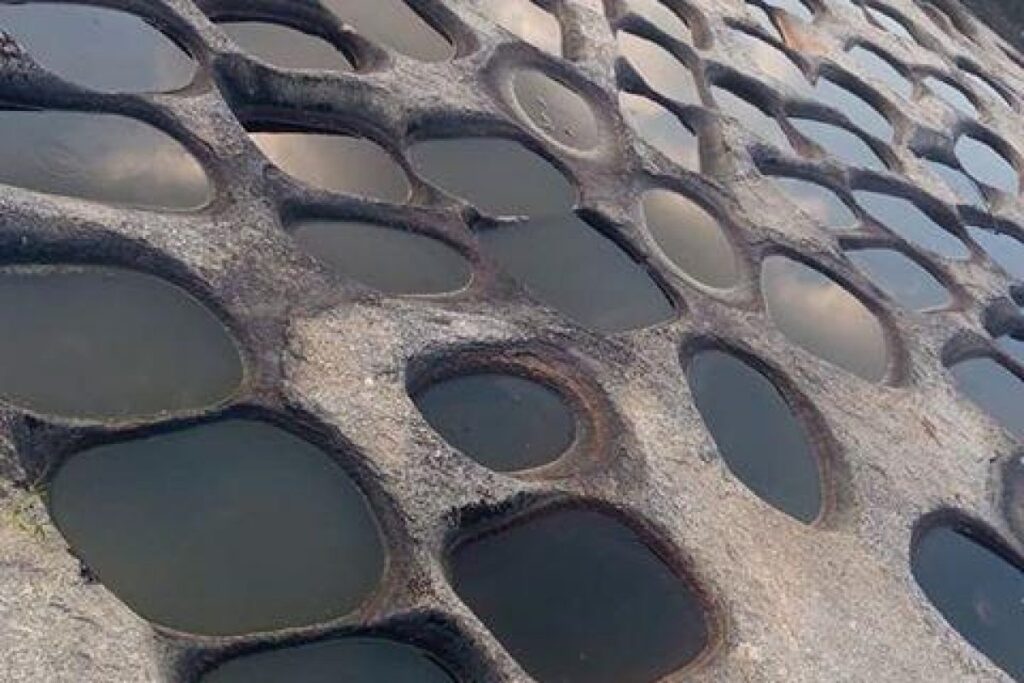
Economy
Due to their fertile plains, the Ibarapa people are primarily farmers. Although some of these products are exported, they primarily grow food crops, including okra, pepper, tomatoes, yams, cashews, palm kernels, melon, cowpeas, maize, and fruits. Additionally, the Ibarapa people also hunt, fish, and take care of animals.
However, the Ibarapa Central residents are well known for their traditional crafts, including art and craft, traditional textile dyeing, cloth weaving, blacksmithing, hunting, soap making, etc. Their three main marketplaces are Alabi Konko, Oja-Isale, and Obada.
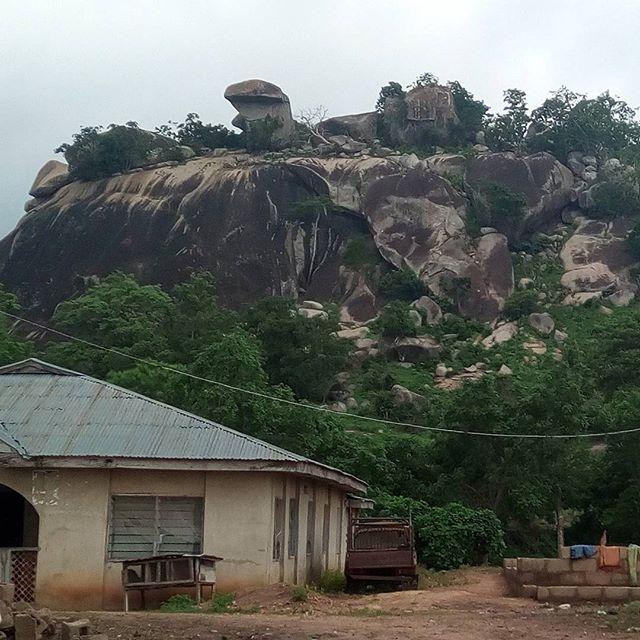
Traditional Leaders
In addition to political leadership, the Eleruwa of Eruwa and the Onilala of Lanlate historically ruled the people of Ibarapa. These monarchs are the supreme leaders of Ibrapa, and they oversee the local affairs of the community as well as ensure peace and economic growth in their towns.
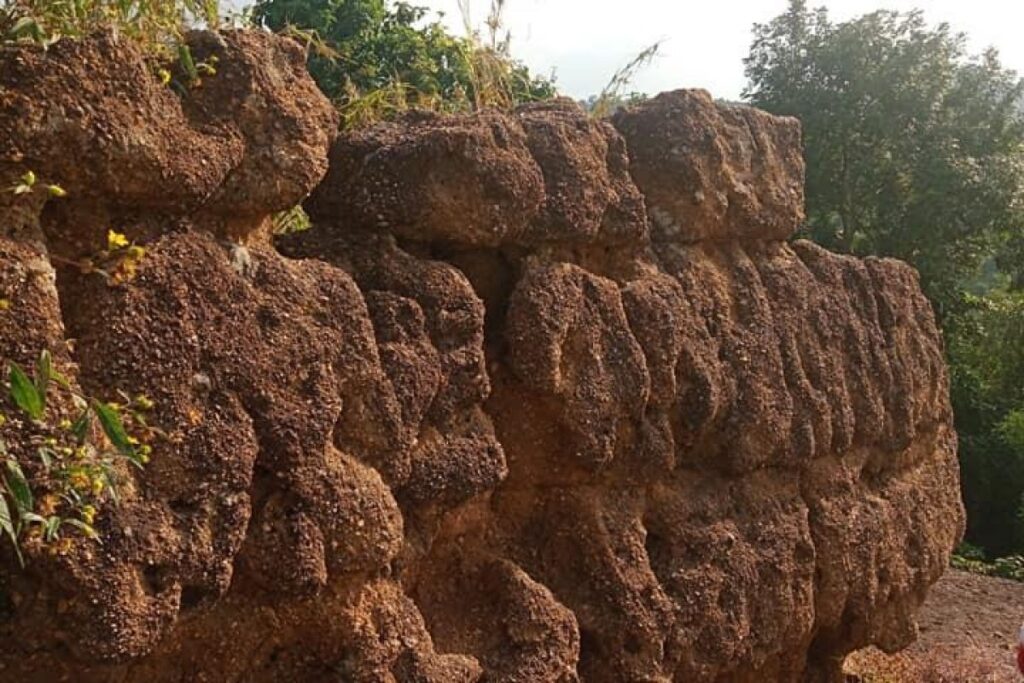
Religion
Christianity and Islam coexist peacefully with traditional religion in Ibarapa, which maintains its position as the dominant cultural force. The followers of many religions coexist peacefully. However, research reveals that Ibarapa people are keen on their traditional beliefs, especially during festivals and indigenous coronations.






Comments
ABIMBOLA IBRAHIM BABATUNDE
3 years agoIBARAPA, A GREAT AND WELL BLESSED COMMUNITY, ITS MORE OR LESS A STATE ON ITS OWN IF THE COMMUNITY’S RESOURCES IS WELL EARNEST. THE DEVELOPMENT IN THE COMMUNITY WOULD HAVE CONTRIBUTED TO THE GREATNESS OF OYO STATE BRINGING THE STATE TO THE FOREFRONT IN NIGERIA IF THERE IS A BETTER CONCENTRATION ON THE DEVELOPMENT OF THE PLACE. THE SEVEN IBARAPAS, I LOVE TO BE.
Ona-Ara
2 years agoIgbo-ora and Idere are Ibarapa central, not Eruwa and Lanlate. Eruwa and Lanlate are the Ibara East local government
Ona-Ara
2 years agoIgbo-ora and Idere are Ibarapa central, not Eruwa and Lanlate. Eruwa and Lanlate are the Ibarapa East local government
Ona-Ara
2 years agoIgbo-ora and Idere are Ibarapa central, not Eruwa and Lanlate. Eruwa and Lanlate are the Ibarapa East local government